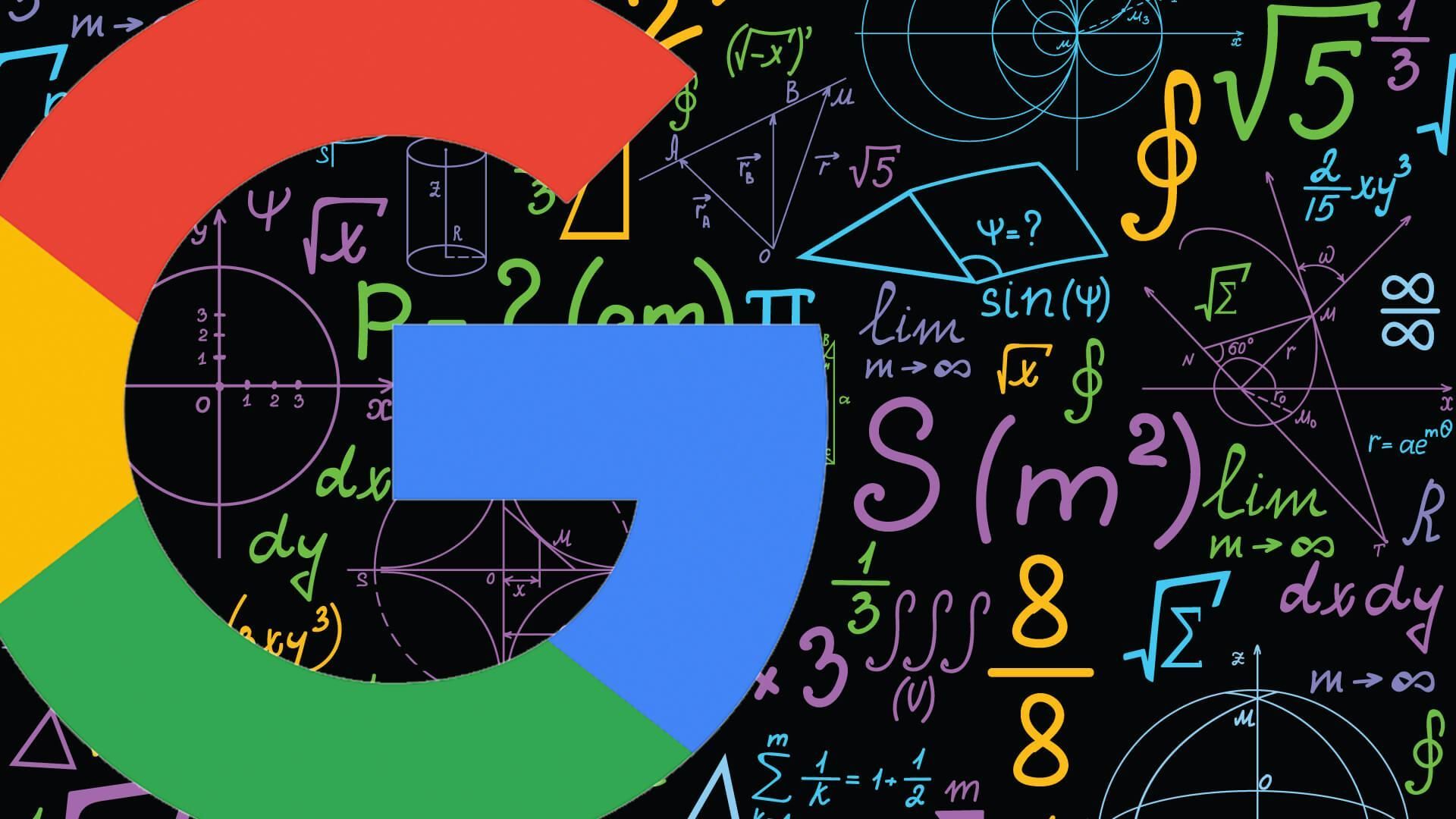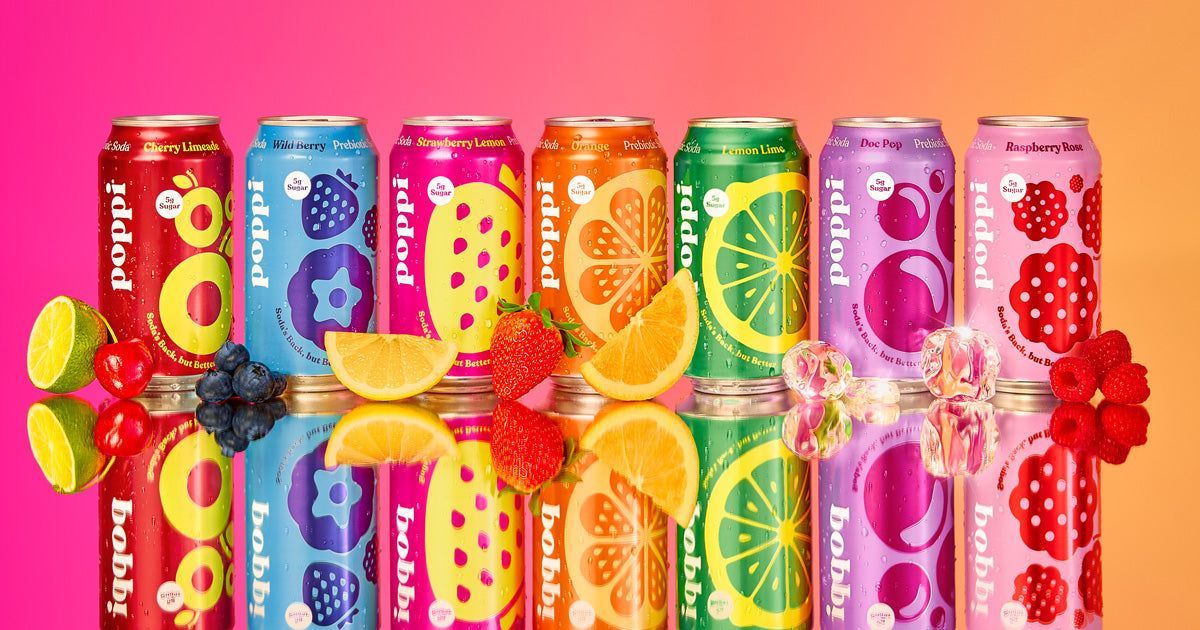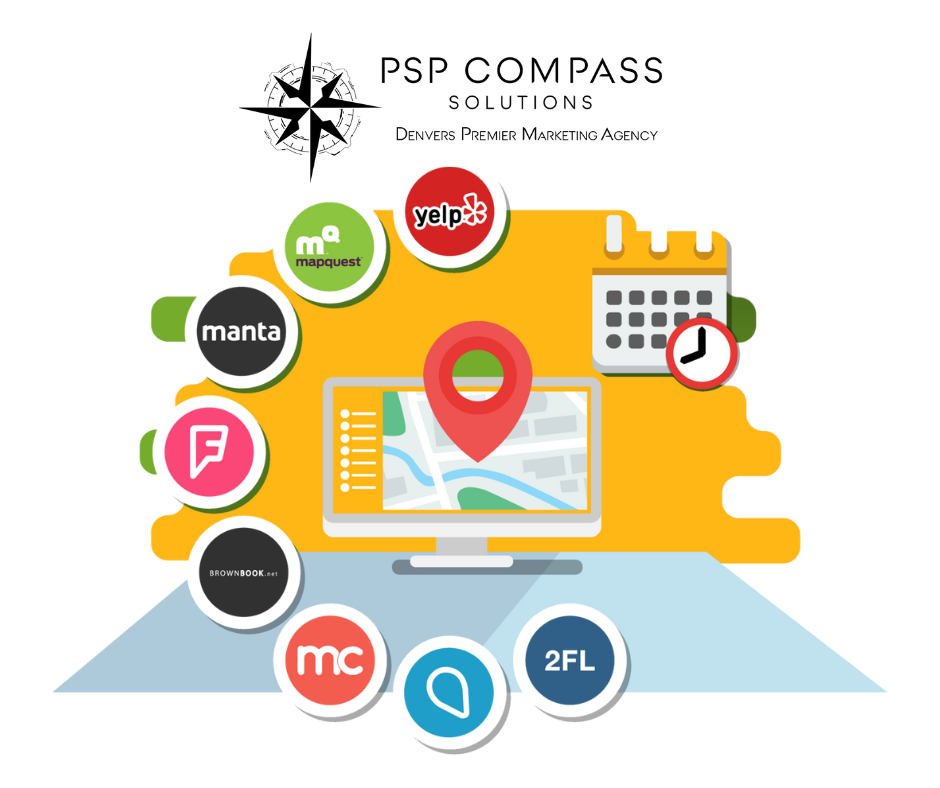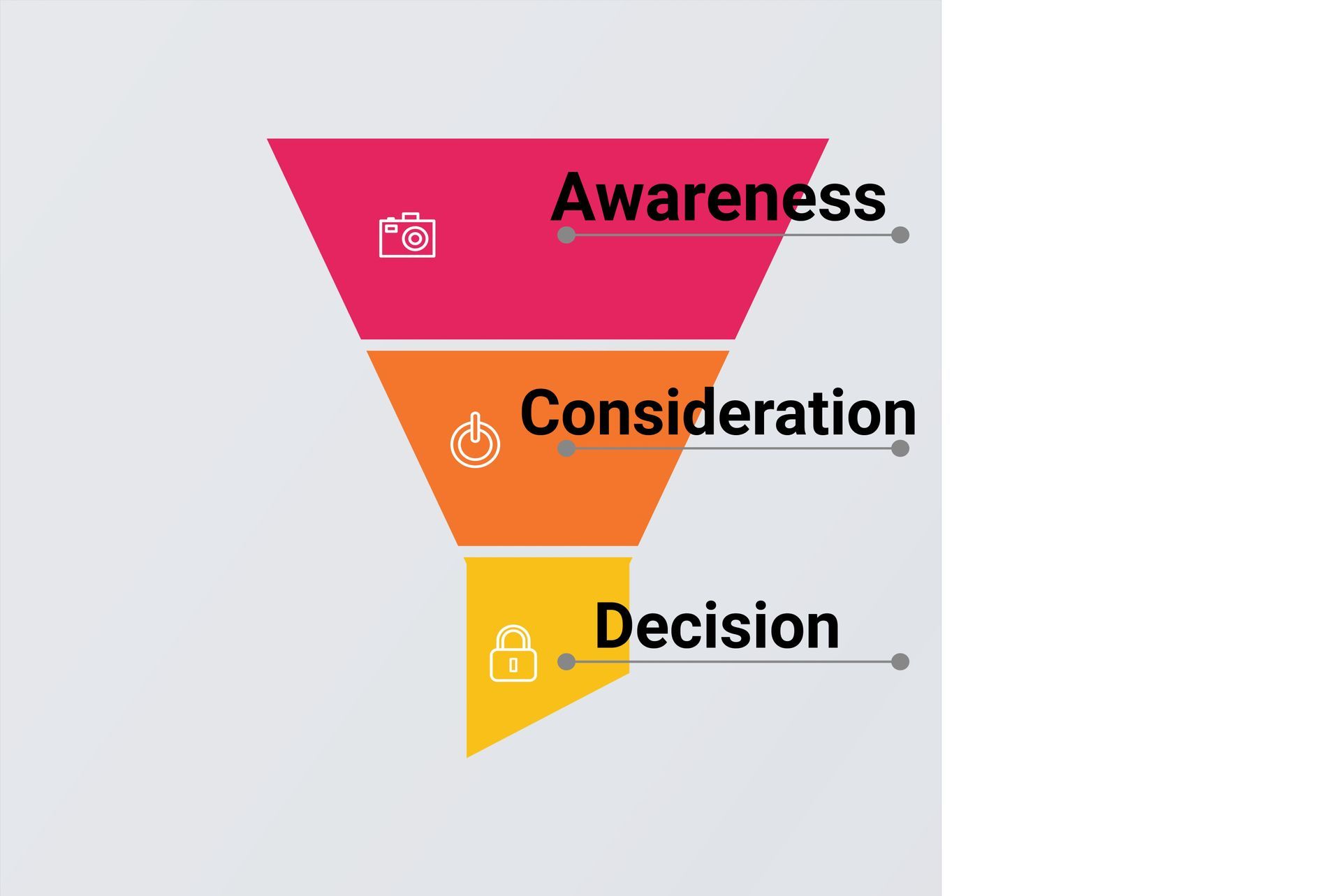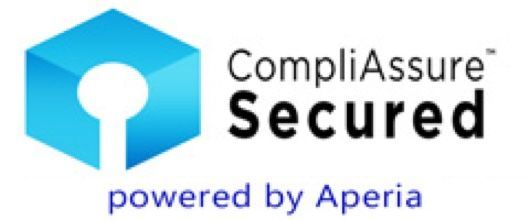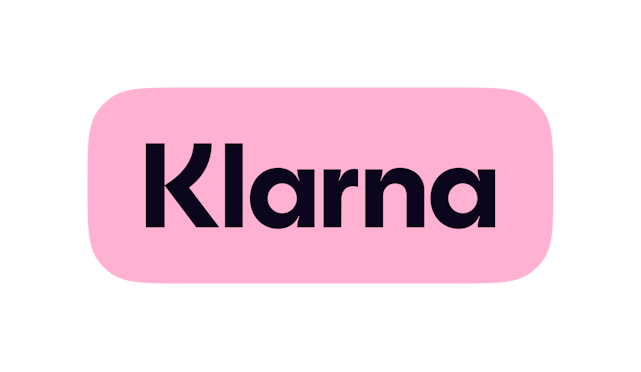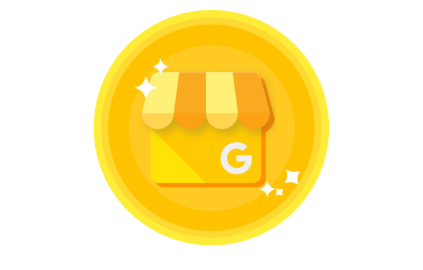How to Use the 7Ps Marketing Mix to Drive Business Success

Marketing in today’s competitive landscape requires a well-rounded approach that addresses every aspect of the customer experience. The 7Ps marketing mix is a proven framework that helps businesses create strategies tailored to their market and customer needs. This guide breaks down each of the 7Ps and offers clear examples you can apply to your own business.
1. Product
Your product is the heart of your marketing strategy. It’s not just the physical item or service but the value it delivers to customers.
Example: A software company selling a project management tool should focus on features that save time and improve team collaboration, such as real-time updates and easy integration with other apps. To use the Product P effectively, highlight how your product solves specific problems better than competitors and continuously improve based on user feedback.
2. Price
Pricing affects customer perception and your business’ profitability. It must balance value for customers and competitiveness in the market.
Example: If you offer a SaaS product, you could introduce tiered pricing (basic, professional, enterprise) so customers of different sizes and needs find a suitable option. Consider discounts for annual subscriptions or bundling services at a better price to increase customer lifetime value.
3. Place
Place refers to where and how your product is available to customers.
Example: A B2B software reseller might offer downloads directly from their website, partner with app marketplaces, and have a sales team that attends relevant industry trade shows to connect with prospects. Making the product accessible in multiple channels increases convenience for your buyers.
4. Promotion
Promotion is about communicating the product’s value and persuading prospects to buy.
Example: Running an Account-Based Marketing campaign on LinkedIn targeting IT managers in healthcare companies, promoting a white paper about cybersecurity risks, then retargeting with a demo invitation email is a powerful way to generate leads. Use webinars, case studies, video testimonials, and educational blog posts as part of your promotional mix.
5. People
The people behind your product delivery play a critical role in customer experience and brand reputation.
Example: Training your sales and customer service teams to genuinely understand your product and customer pain points ensures prospects receive tailored advice and quick resolution of issues. Encouraging your team to act as brand ambassadors on social media can extend your reach organically.
6. Process
Process covers the operational side — how customers order, receive, and interact with your product.
Example: A cloud software provider might simplify onboarding by automating setup emails and providing quick-start guides to reduce friction in adoption. Streamlining the process to reduce wait times and support requests will improve customer satisfaction and referrals.
7. Physical Evidence
Even in digital markets, tangible proof reassures buyers about your credibility.
Example: Displaying client logos, customer reviews, certifications, and success metrics prominently on your website builds trust. Offering free trials or demos lets prospects experience your product before committing, which acts as powerful physical evidence.
Why Use the 7Ps Marketing Mix?
Together, the 7Ps provide a comprehensive blueprint that helps you design a customer-focused marketing strategy that stays relevant as markets evolve. Constantly revisiting each P ensures you meet customer expectations and outpace competitors.
Share this Blog Post on Social Media

